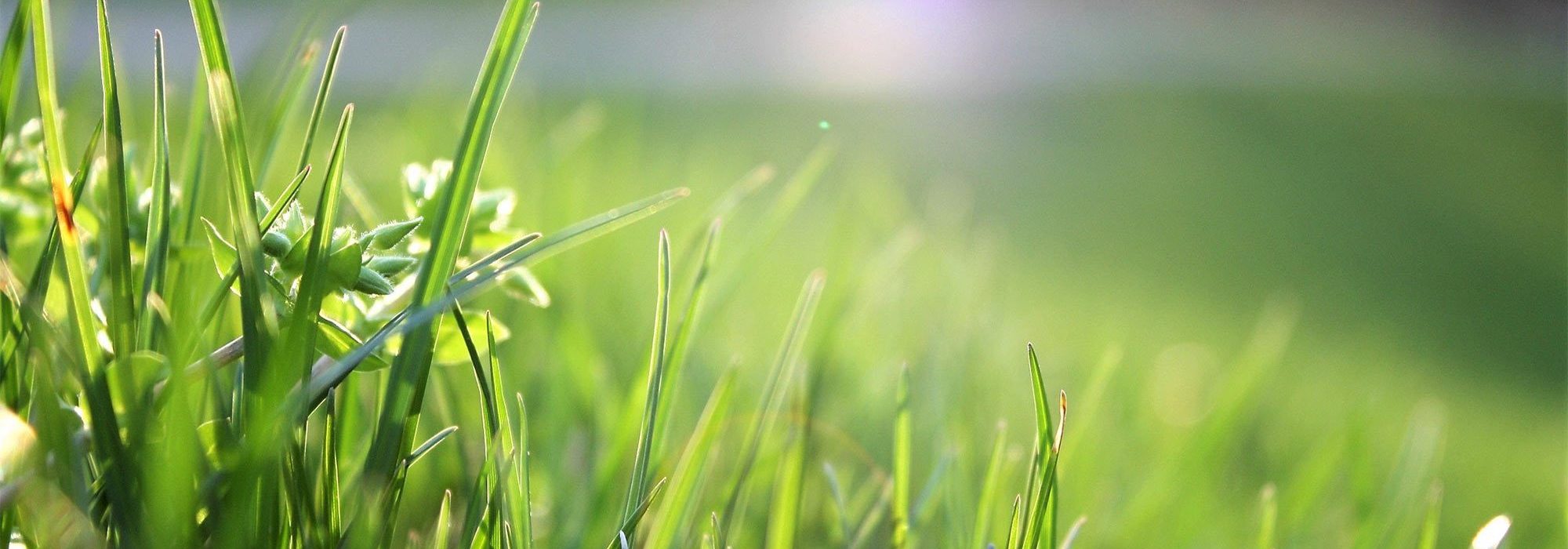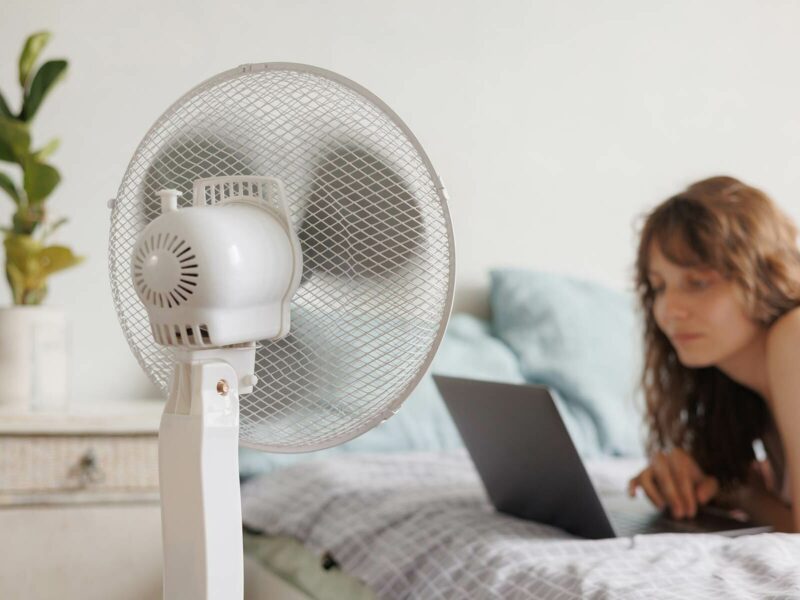Article Excerpt
You don't need to be a master gardener to apply these lawn care practices right away. A luscious yard is possible if you follow some simple advice!
A green, luscious yard doesn’t require any luck or a laboratory. You can have the best lawn in Texas by following a few simple guidelines, depending on what kind of grass you have. Adjust your mowing practices, identify and treat pests, water properly, and keep the fertilizer routine simple. Your grass will thank you!
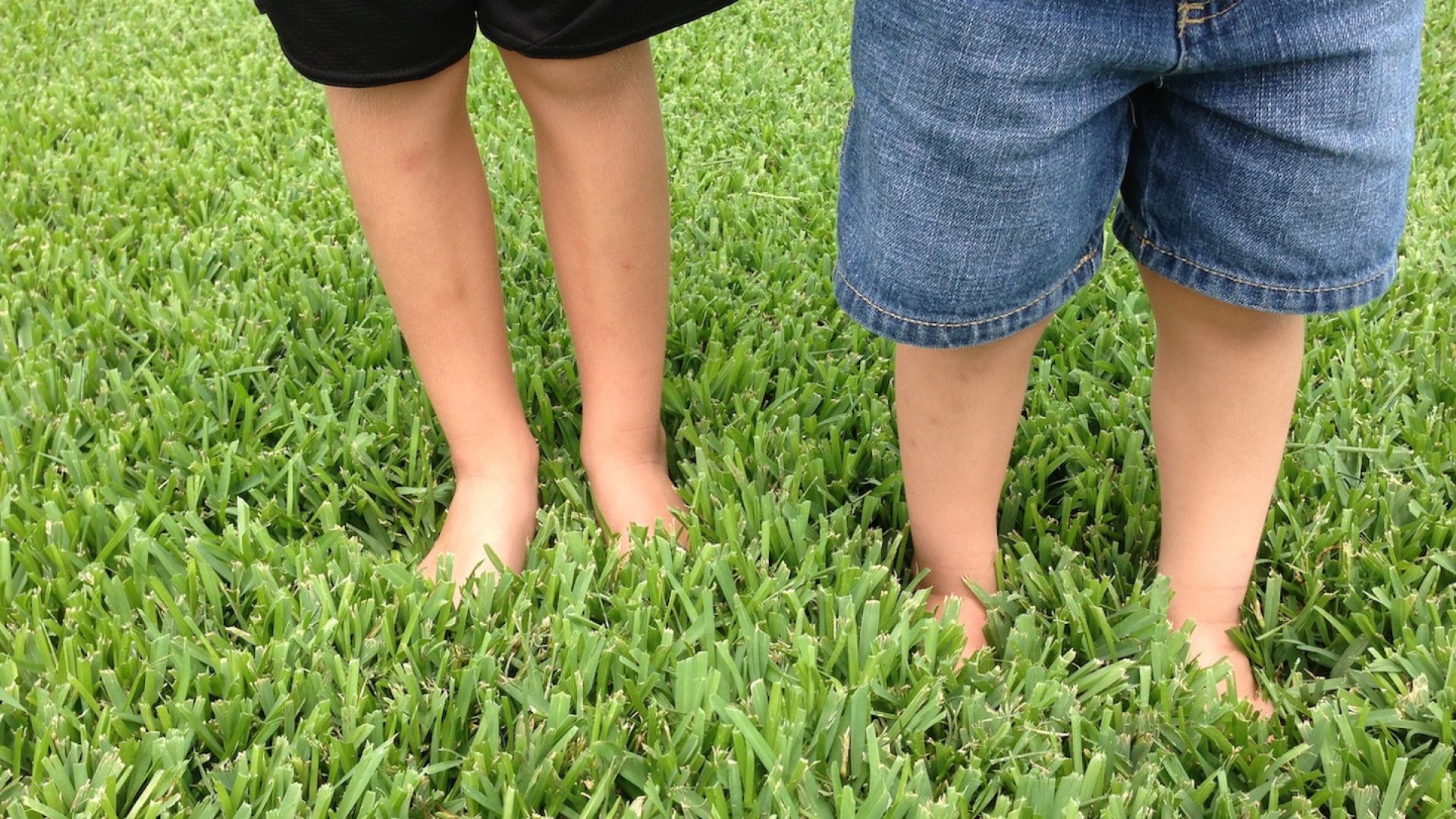
Don’t mow too short
It makes sense to want to cut your grass as short as possible so you don’t have to mow again for a while. But when it’s too short during a hot Texas summer, it runs the risks of being damaged by the sun. Ideally, you should only cut about one third of the grass height at a time.
Another issue that can come along with cutting too much at once is that long clippings can suffocate healthy grass, and end up blocking oxygen and sun from reaching it. It’s true that grasscycling is good for a healthy lawn, but we’ll get more into that a little later.
We generally use three types of grasses in Texas for our lawns, and each of them have an ideal height.
- Zoysia: 1.5 to 3 inches
- Bermuda: 2 inches
- St. Augustine: 2.5 to 4 inches
Prevent lawn diseases and pests
Matted turf, discolorations, thin patches, and all other lawn defects always have a reason behind them - you’re not just unlucky!
Bermudagrass mites
Bermudagrass mites may pay you a visit during the hottest months of the year. They’re so small that you can’t see them without a magnifying glass. If you’re noticing your lawn thinning out, or little bunches of dry-looking grass, it may be because the mites are feeding under the leaf sheaths. The only kind of grass they feed on is bermudagrass.
Treating a bermudagrass mite-infected lawn requires a few steps, as these little pests are pretty stubborn. Texas A&M’s Agrilife Extension program recommends applying bifenthrin, commonly used for fire ant removal. Then, you should mow very short (“scalping” the lawn) and water more often. You’ll also want to bag the clippings to physically remove the mites.
Chinch Bugs
Chinch bugs are attracted to St. Augustine and Zoysia grass, one of the most common here in Texas. They’re tiny, but visible to the naked eye. They like to feed on grass and inject toxins that kill plant tissue. If you’re seeing circular, yellow patches begin to form, there’s a good chance of a chinch infestation. Making sure the full-sun areas of your lawn maintain good moisture levels is a key part to ridding them of your lawn. Aerating the affected area by poking holes in the soil before watering is an effective way to hold moisture in.
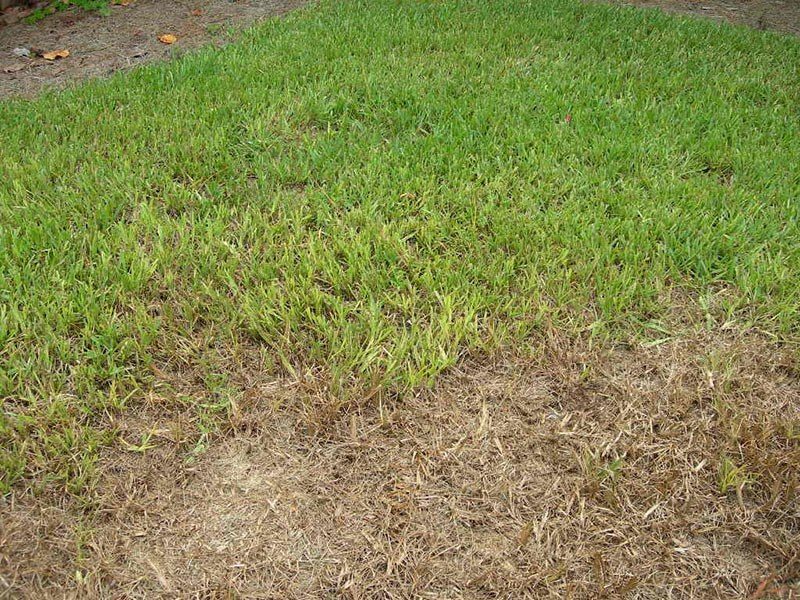
Proper Watering
According to the Texas Commission on Environmental Quality, most lawns receive twice as much water as they require for a healthy appearance. Overwatering can have a negative effect on our streams and lakes too:
“The greatest waste of water results from applying it too rapidly or too often. Water applied too rapidly is lost as runoff, which may carry polluting fertilizers and pesticides to streams and lakes.”
They recommend using soaker hoses - they’re inexpensive and very easy to use since they attach to your regular outdoor faucet. They apply water slowly, and the water won’t be carried off by the wind, which is an issue with misting sprinklers. Soaker hoses are basically just regular hoses with small holes in it.
As a general rule, try to water one inch, once a week. But how will you know when you’ve reached an inch of water? One way is to place an empty six-ounce tuna can on your yard and just stop watering when it’s full! Finish watering in the morning before the midday heat has a chance to take it away. Watering in the evening may present an opposite issue where it’s left wet for too long, increasing the chance for disease and pests.
Try to water one inch, once a week in the morning. Place an empty six-ounce tuna can on your yard, and stop watering when it’s full!
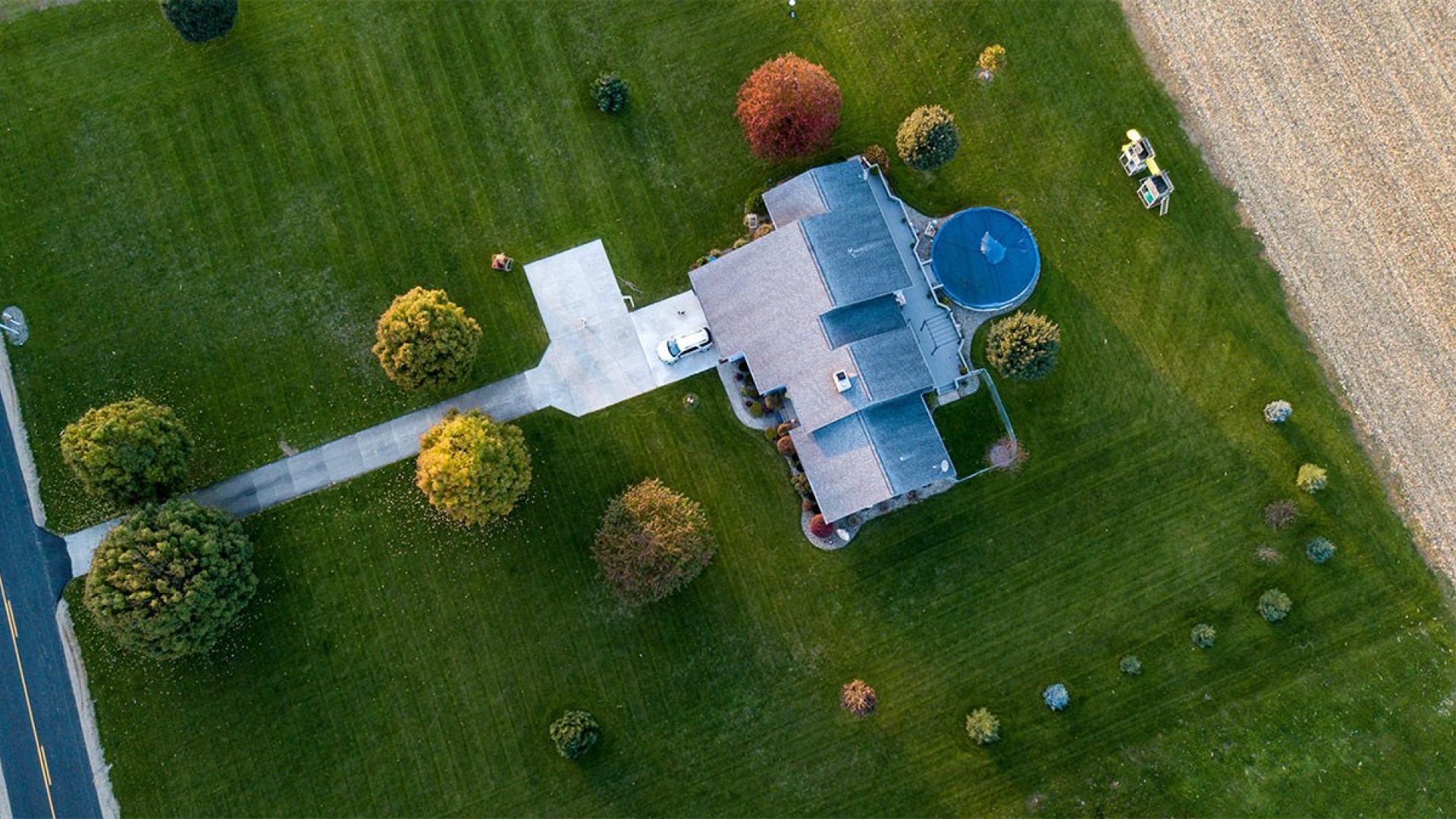
Feed your grass the right way
The easiest and most organic way to feed your lawn is to simply leave your grass clippings on the lawn instead of bagging them. The grass clippings release their nitrogen, the essential grass “food," as they decompose into the ground.
Warm-season grasses, like Texas’ most common types, need to be fertilized in the early part of the summer to prepare them for their active growing seasons. Fertilizing warm-season grasses too early can promote fast growth of cool-season weeds. As for the amount of fertilizer to be used, the general rule is one pound of nitrogen per 1,000 square feet for each time you apply it.
If the results aren’t satisfactory by the end of the summer, these grasses can be fertilized again in August. After applying a slow-release fertilizer mix, give the yard just a little bit of water so the nutrients can slide off the leaves and into the soil.
